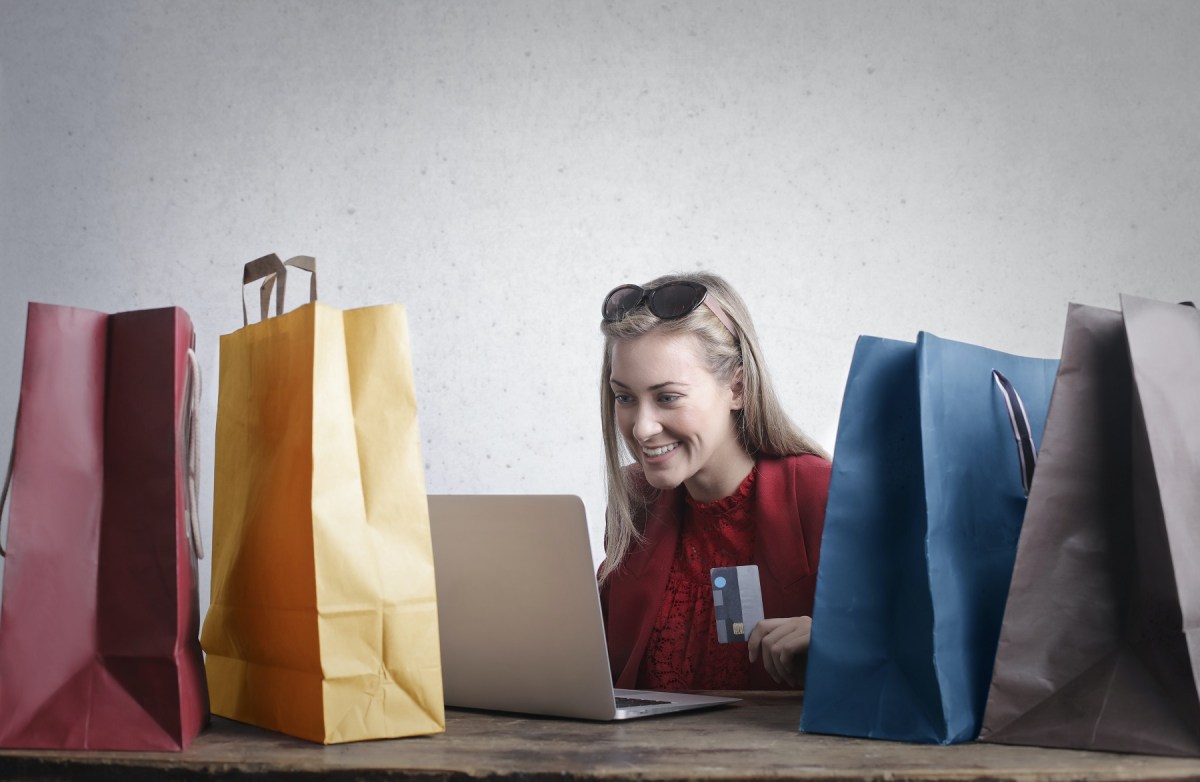French journalist Jean-Baptiste Alphonse Karr is credited with saying, “the more things change, the more they stay the same.” Jean-Baptiste’s observation is extremely applicable when it comes to what customers want from retailers during and after the pandemic.
Of course, the challenge for retailers is determining which customer experience elements are forever changed due to COVID, and which factors are unwaveringly consistent.
Here are a few undeniable changes:
- Unlike any other time in 100 years, COVID resulted in retail service carrying the risk of severe illness and disease (both for the person providing the service and the person receiving it).
- Government regulations have restricted the way businesses provide face-to-face service.
- Retail brands have accelerated planned technology solutions to streamline e-commerce, curbside pick-up, and home delivery.
- Leaders, team members, and customers face extreme anxiety about illness, job losses, and massive lifestyle disruptions.
Here are some things that will likely never change:
- Customers want safe experiences.
- Consumers want retailers to deliver products and services when consumers want, where they want, as effortlessly, memorably, and personally as possible.
- Shoppers want appreciation for their patronage.
Given this mix of dynamic and static forces, what should retail leaders do to position themselves for success beyond the pandemic?
Now more than ever, a “one-size fits all” approach to customer experience delivery is a recipe for disaster. While most customers prefer digital or in-store interactions, few follow one path throughout their entire journey with a brand.
For example, my son (a young adult) does almost everything possible through digital platforms. He will, however, reach out to a person when he has a complicated question.
By contrast, I think digital-first, but I enjoy the in-store shopping experience and sometimes need to touch a product before spending money on it.
By giving customers (digital, telephone support, in-person) choices across interaction points, retailers enable customers to weave in and out of digital and direct service. For example, some retailers are using digital tools like apps (self-service) to enable customers to schedule in-person appointments (human service) in their brick and mortar stores.
The future of retail requires the creation of technology-aided and human-powered experiences. It’s hard to imagine how retailers would have operated if this type of pandemic had occurred in the late-1970s without the benefits of the internet.
However, technology is simply a tool to meet customer needs across their journeys with a brand.
Microsoft founder Bill Gates put it this way: “The first rule of any technology used in a business is that automation applied to an efficient operation will magnify the efficiency. The second is that automation applied to an inefficient operation will magnify the inefficiency”.
From my perspective, the first rule of technology is that it should enhance human service not replace it.
But how do you navigate your business in a world where COVID-19 has flipped the global economy on its head? I’ve studied some of the biggest brands in the world to devise a secret sauce when it comes to businesses thriving or folding in this new landscape.
Many of us undoubtedly will look back on COVID-19 (whenever we can put this virus in the rearview mirror) and remember the value of cloud computing, online commerce, home delivery, and video conferencing. But what else will we recall?
I’m convinced that successful retailers and their customers will reflect and appreciate how brands mapped their customers’ online/offline journey. Those retailers will have invested in technologies that ensure customers’ safety and convenience.
Simultaneously, they will have retained, trained, and developed team members who offer empathy, compassion, and human connection during a most frightening time.
Customers will increasingly want products and services that safely and effortlessly meet their needs. They will also want retailers who maximise their product and service delivery choices and who continue to provide people who welcome them, serve them, and say thank you for their business.
Undeniably, when it comes to retail – “the more things change the more they stay the same.”
Dr Joseph Michelli is an international brand expert, organisational consultant and trained psychologist.

